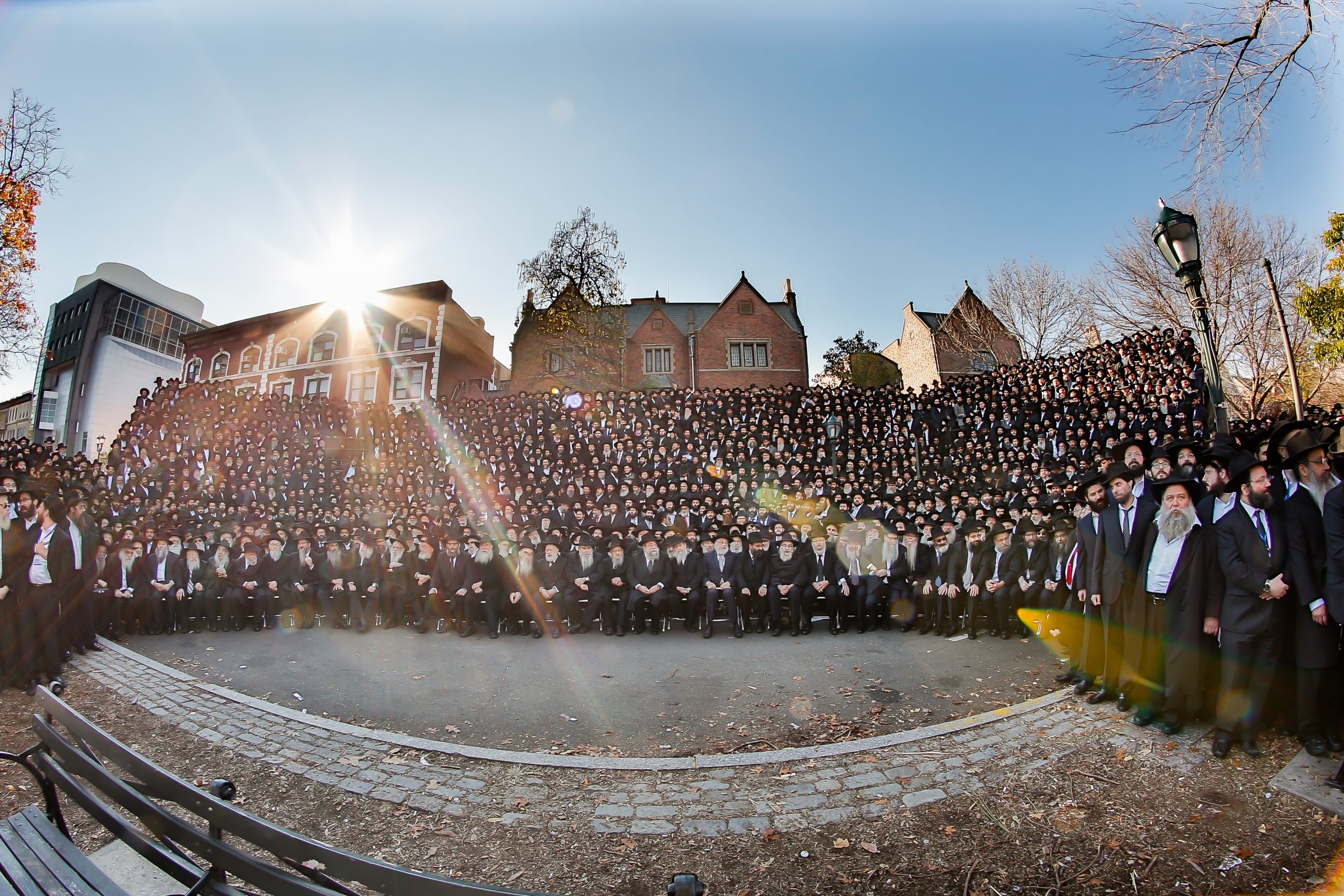What is Chabad? (2025 Review)
Hey, there! What is Chabad?
Is it a Jewish or religious term? Probably, yes. As a way of introduction, Chabad is a philosophical term that relates to one’s pursuit of wisdom and God. Chabad is a huge movement that is spreading greatly in the world today. It is the most dynamic force in Jewish life today. But what is it all about? Read on to find more.
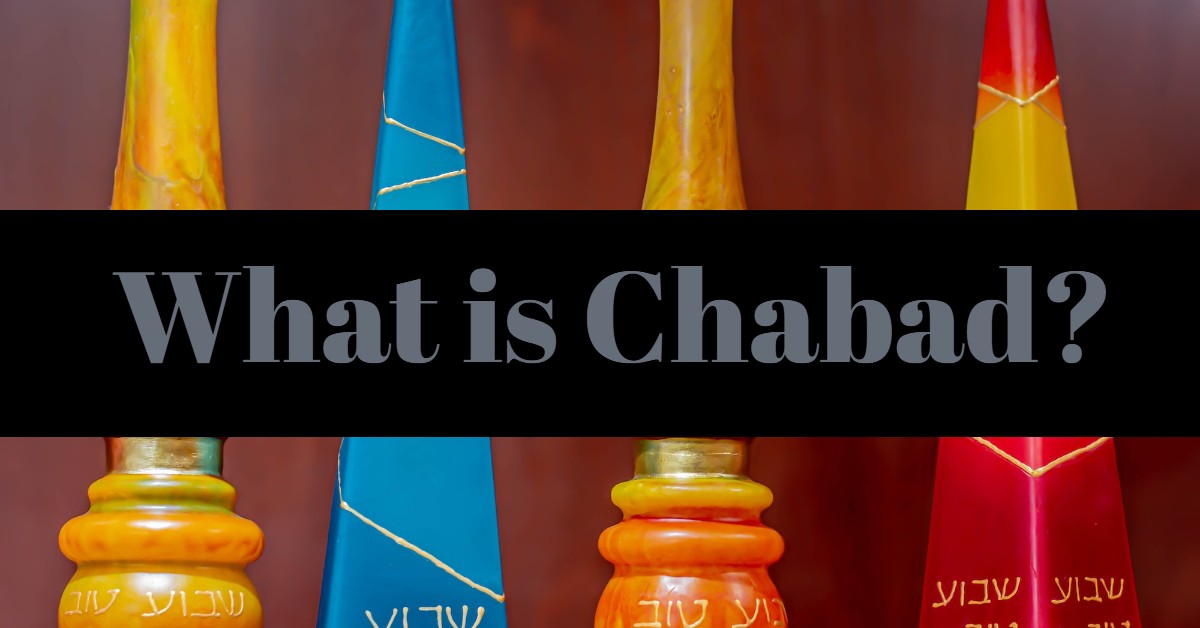
What is Chabad?
The term Chabad is also called Lubavitch, Habad and Chabad-Lubavitch. But what does this mean?
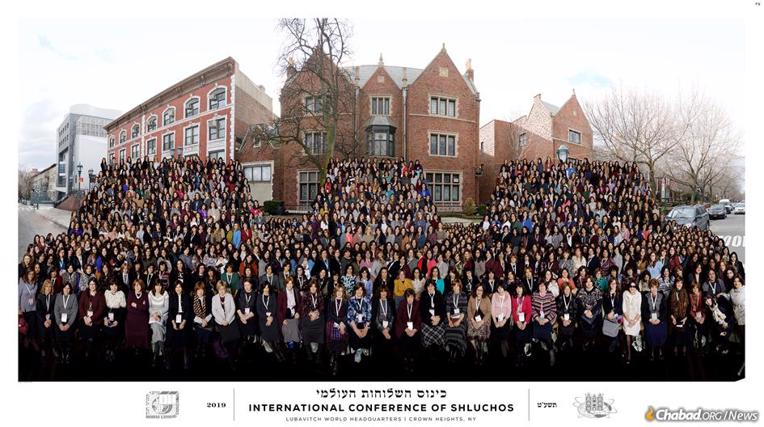
Chabad-Lubavitch is a philosophy, a movement, and an organization. It is considered to be the most dynamic force in Jewish life today.
In simple terms, Chabad is a system of religious philosophy that teaches understanding and recognition of the Creator through the application of three intellectual qualities of Chochmah (wisdom), Binah (understanding) and Daat (knowledge).
The initials of these three Hebrew words (Chochmah, Binah and Daat) form the word “Chabad.”
Chabad insists on the intellectual study and understanding of religious truth by everyone according to his intellectual level in order to come closer to the service of G‑d in both mind and heart.
Lubavitch appropriately means the “city of brotherly love.” The word “Lubavitch” is the name of the town in White Russia where the Chabad movement was based for more than a century.
Chabad is a Hasidic Jewish Orthodox dynasty.
It is one of the most well-known Hasidic movements in the world, particularly for its outreach efforts.
It is one of the world’s largest Hasidic and Jewish religious organizations. Unlike most Haredi groups, Chabad operates primarily in the wider world and caters to secularized Jews.
Chabad is the movement of Jewish religious philosophy. It teaches the deepest dimension of God’s Torah. It teaches understanding and recognition of the Creator, the role and purpose of creation, and the importance and unique mission of each creature. This philosophy guides a person to refine and govern his or her every act and feeling through wisdom, comprehension and knowledge.
Who is the founder of Chabad?
The name “Chabad” is an acronym formed from three Hebrew words—Chokhmah (wisdom), Binah (understanding), and Da’at (knowledge).
Chabad was founded in 1775 by Rabbi Shneur Zalman of Liadi.
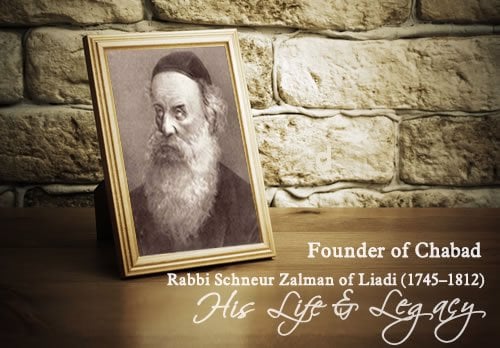
Rabbi Schneur Zalman of Liadi was a mystic, a communal activist, a philosopher, a halachic authority, a composer and a Talmudist.
He was primarily a spiritual guide who created a practical path that allows anyone to approach divinity. Rabbi Schneur Zalman was known as the Alter Rebbe. He lived in an era of change and unrest on a global scale. Yet his life continues to inspire, and his works and teachings have long withstood the test of time.
What is the Chabad-Lubavitch Movement?
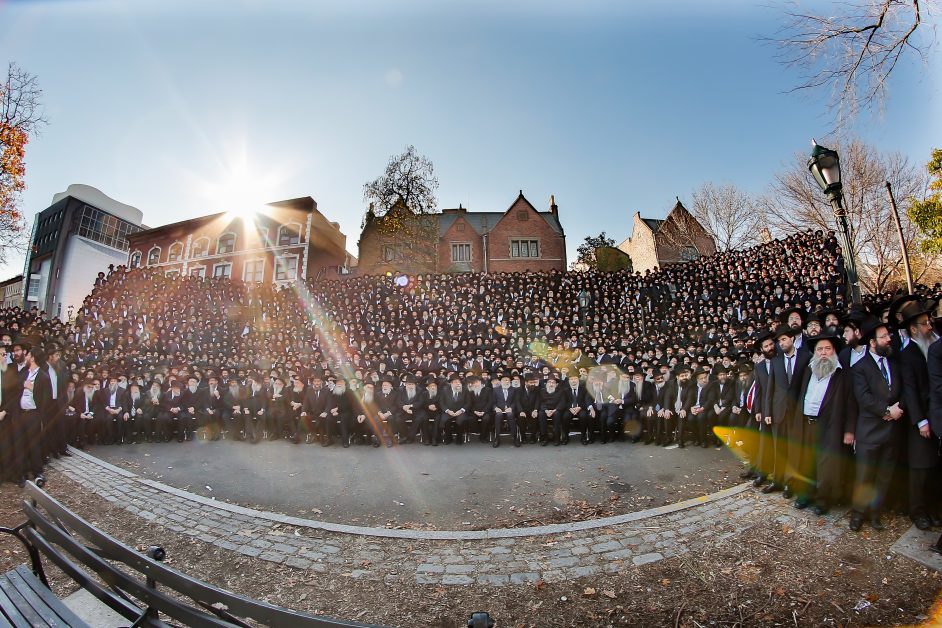
As we have seen, Chabad-Lubavitch is a major movement within mainstream Jewish tradition that has its roots in the 18th-century Chassidic movement.
Chabad leaders led the struggle for the survival of Torah Judaism in Czarist and Communist Russia. They faced imprisonment and relentless persecution for their activities.
Following the Holocaust, Chabad became a worldwide movement, caring for the spiritual and material needs of all Jews wherever they could be found. It was led by Rabbi Yosef Yitzchak Schneerson and his successor, Rabbi Menachem M. Schneerson, of righteous memory.
Following its founding 250 years ago, the Chabad-Lubavitch movement, a branch of Hasidism, swept across Russia and spread to neighboring nations. It gave scholars answers that had eluded them and simple farmers a love that had been denied them. Eventually, the philosophy of Chabad-Lubavitch and its adherents spread to nearly every corner of the globe and influenced virtually every aspect of Jewish life.
Today, there are over 3,500 Chabad institutions in over 85 countries, with a new center opening every ten days on average. Chabad has emerged as the most dynamic and dominant force in the Jewish community in South Africa, South America, Russia, Australia, Asia, the United Kingdom, and many parts of the United States.
What is a Chabad House?
Chabad is influenced by the teachings of the Baal Shem Tov. Tov was a great Jew of 18th-century Eastern Europe. He was simply devoted to his people. The calamities of his time had resulted in a situation in which there were many simple Jews with no learning and little knowledge, alongside great scholars who looked askance at these commoners’ ignorance.
The Baal Shem Tov taught the people to look deeper. To look beyond a person’s knowledge, beyond his outward behavior, into the depths of his heart. This is in order to find and reveal the divine spark in them with unconditional love.
Chabad’s approach today is similar to that of Baal Shem Tov’s time. It is to look beyond the outward person and trust in the soul deep within. You may disagree with everything he does, and his outlook on life may be diametrically opposed to everything you believe. You should not argue with him. Rather, become one with him. Unconditionally. You enjoy Shabbat; let him enjoy it as well. You find solace and counsel in Torah wisdom; discuss it with your holy brothers and sisters in their own language, on their own terms. And it makes no difference if he or she does not change one iota. You have completed your task of love. All that matters is that two Jews became one.
A Chabad House is a center that was established to facilitate all of the above.
In general, a Chabad House will host classes, lectures, and workshops on Jewish topics, as well as religious services, Shabbat meals, and special events as needed in the community.
Counseling services, the Friendship Circle, which serves children and adults with disabilities and mental health issues, and other volunteer opportunities are common.
Most Chabad Houses do not charge membership fees; if you are Jewish, you are a member. There are some exceptions based on the local situation.
According to the Zohar, the Jewish people are the heart of all nations. When there is love and unity among us, peace and harmony spread throughout the world. When our light is pure and focused, the darkness in their hearts fades. As a result, Chabad’s mandate is to create light for the sake of light, simply by doing good for the sake of doing good, until the world is filled with the serene light of Godly wisdom “as the waters cover the ocean floor.”
Leadership
The movement is guided by the teachings of its seven leaders (“Rebbes”).
The first is Rabbi Schneur Zalman of Liadi of righteous memory (1745–1812).
In our generation, the Lubavitcher Rebbe, Rabbi Menachem Mendel Schneerson of righteous memory (1902–1994), known simply as “the Rebbe,” guided post-holocaust Jewry to safety from the ravages of that devastation.
The origins of today’s Chabad-Lubavitch organization can be traced to the early 1940s, when the sixth Lubavitcher Rebbe, Rabbi Yosef Yitzchak Schneersohn of righteous memory (1880–1950), appointed his son-in-law and later successor, Rabbi Menachem Mendel, to head the newly founded educational and social service arms of the movement.
More About Chassidism
The Torah we study is made up of both body and soul, just as a person is made up of both. There are dos and don’ts, as well as historical facts. Then there’s the “inner Torah,” a system of teachings passed down through the generations that get to the heart of reality, delving into the act of creation, the soul, and how the soul can reconnect itself and its world to its source.
People nowadays are dissatisfied with the do’s and don’ts, as well as historical facts. We require a more profound, often mystical understanding. Chabad is unique in that its teachers are taught the authentic texts of the inner Torah, also known as the Kabbalah and Chassidut, from childhood.
Chabad thought is a branch of classic Jewish thought that builds on the wisdom of great Jewish thinkers. Chabad’s founder, Rabbi Schneur Zalman of Liadi, was a deep thinker and intellectual who was fascinated by all aspects of knowledge. He was a close disciple and student of Rabbi Dov Ber of Mezritch, also known as “the Magid of Mezritch,” and heir to the Baal Shem Tov. Using the rich metaphor of the human psyche, he created a synthesis of Jewish rationalism and esoteric thought. His successors and students followed in his footsteps, growing Chabad into a diverse and lively school of thought and debate. Outside of Chabad, Chabad’s philosophy has influenced the thinking of many great leaders and movements.
You don’t leave a typical Chabad class with just knowledge. You leave with a whole new way of knowing, a new set of eyes. Because Chabad is all about how you use your mind, one of the main reasons for its popularity is that Chabad teachers can provide meaningful answers to critical questions.
“God wants the heart,” the Baal Shem Tov taught. Chabad teaches that you can reach the heart through your mind. That is through questioning, meditation and deep contemplation, and reframing your worldview.
Is Chabad “Ultra-Orthodox?”
Chabad is referred to as an “Orthodox” Jewish movement. This is because it adheres to Jewish practice and observance within the guidelines of Talmudic law and its codifiers.
Although media broadcasters frequently use the prefix “ultra,” it has no practical meaning. It is used to marginalize a group or to portray them as extremists fighting other religious extremists.
Mother Theresa was never referred to as an “ultra-Catholic.” Albert Schweitzer was never considered an “ultra-Calvinist.” Doctors Without Borders is not an ultra-militant New Age organization. When a Chabad couple visits a community, they are not looking for converts, battles, or brainwashing the youth. They are only interested in sharing their Shabbat tables and the Jewish heritage that all Jews share. A Chabad House is a “Jewish Center,” and a Chabad rabbi is simply a rabbi.
Have you seen Chabad described as “ultra-Orthodox” in the media? If yes, that is not the truth. Chabad is a Jewish movement without labels, and they should refer to it as such.
That is it on the discussion. If you need further clarification, connect with us via the comment section below. Thank you.
Recommended:
Why I Left the Episcopal Church
Why I Left the Seventh-Day Adventist Church (Research 2025)
